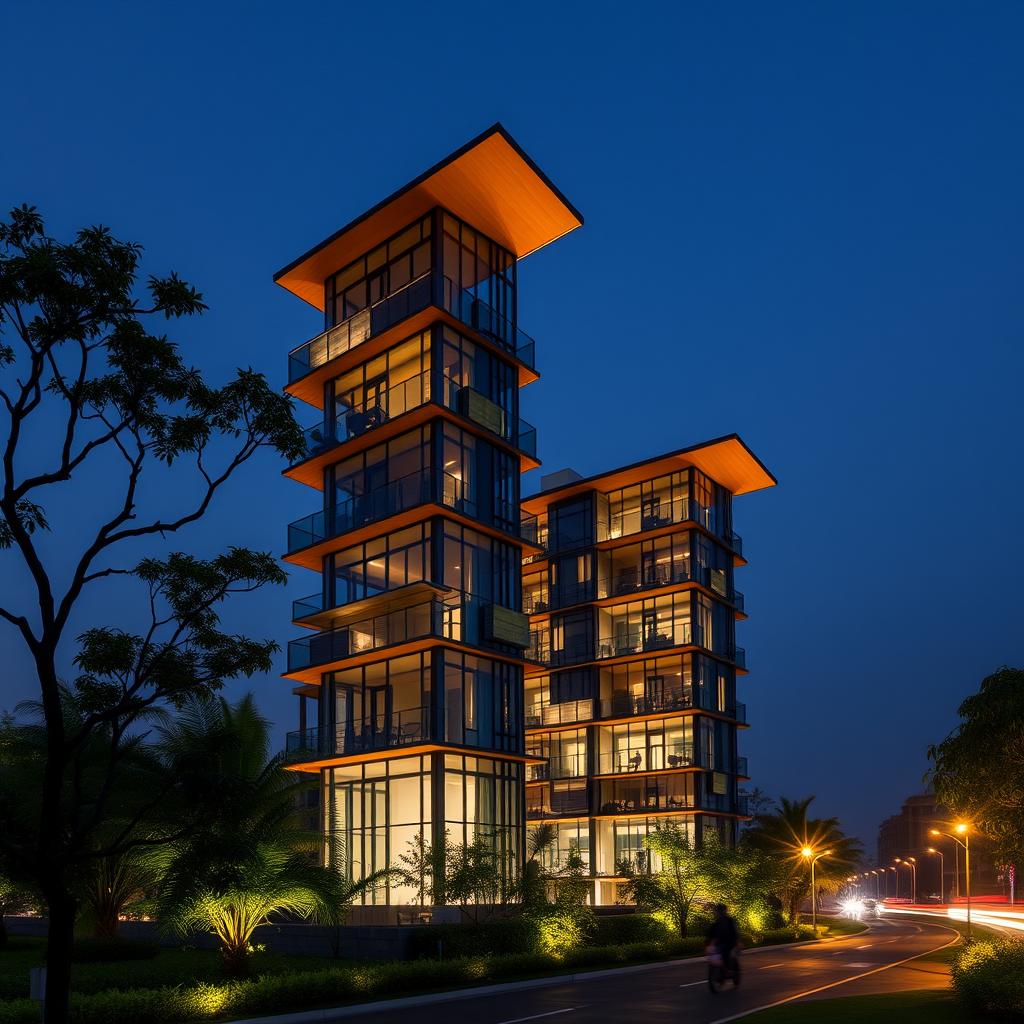
Why a Design System is Important in Large-Scale Development
In the fast-paced world of large-scale web development, consistency, efficiency, and scalability are paramount. A design system provides the foundation for achieving these critical objectives. It’s more than just a style guide; it’s a comprehensive, living documentation of design principles, reusable components, and code standards that guide the creation of digital products.
Table of Contents
- What is a Design System?
- Why Design Systems are Crucial for Large-Scale Development
- Key Components of a Design System
- Challenges in Implementing a Design System
- Doterb’s Approach to Design Systems
- Frequently Asked Questions (FAQs)
What is a Design System?
A design system is a collection of reusable components, style guides, design principles, and documentation that serve as a single source of truth for designing and building digital interfaces. It ensures consistency and efficiency across all digital products within an organization. Think of it as a well-organized toolkit for designers and developers, enabling them to create cohesive and user-friendly experiences.
Why Design Systems are Crucial for Large-Scale Development
Large-scale projects involve numerous teams, complex functionalities, and evolving requirements. Without a design system, inconsistencies can creep in, development becomes inefficient, and the overall user experience suffers. Here’s how a design system addresses these challenges:
Ensuring Visual and Functional Consistency
In large organizations, different teams may be working on different parts of the same product, potentially leading to inconsistencies in design and functionality. As the saying goes, “A website is not just a display it’s your company’s digital trust representation.” A design system ensures a unified and professional online presence, reinforcing brand identity and building user trust by providing standardized visual elements, interactions, and user flows across all platforms and touchpoints.
Increasing Development Efficiency
Instead of reinventing the wheel for each new feature or page, developers can leverage pre-built, tested, and documented components from the design system. This significantly reduces development time, minimizes errors, and allows teams to focus on more complex and innovative tasks.
Supporting Scalability and Maintainability
As your digital products grow and evolve, a design system provides a solid foundation for scaling your development efforts. Consistent code standards and reusable components make it easier to add new features, update existing ones, and maintain the overall system over time.
Improving Collaboration and Communication
A design system acts as a shared language and understanding between designers, developers, and other stakeholders. It provides clear guidelines and documentation, fostering better communication and collaboration throughout the development process.
Key Components of a Design System
A robust design system typically includes the following components:
* **Design Principles:** Guiding values that inform design decisions.
* **Visual Style Guide:** Defines the visual language, including colors, typography, imagery, and spacing.
* **Component Library:** A collection of reusable UI components, such as buttons, forms, and navigation elements.
* **Code Standards:** Guidelines for writing clean, consistent, and maintainable code.
* **Documentation:** Clear and comprehensive documentation for all aspects of the design system.
* **Pattern Library:** Predefined solutions for recurring design problems.
Challenges in Implementing a Design System
While the benefits of a design system are clear, its implementation can present some challenges:
* **Initial Investment:** Creating a design system requires a significant upfront investment of time and resources.
* **Organizational Buy-In:** Getting everyone on board and adopting the design system across the organization can be challenging.
* **Maintenance and Governance:** Keeping the design system up-to-date and ensuring its consistent use requires ongoing maintenance and governance.
* **Resistance to Change:** Some team members may be resistant to adopting new ways of working.
Doterb’s Approach to Design Systems
At Doterb, we understand the complexities of building and implementing effective design systems. Our approach is tailored to the specific needs of each client, focusing on the following key principles:
* **Collaboration:** We work closely with our clients to understand their business goals, target audience, and brand identity.
* **Customization:** We create design systems that are tailored to the unique requirements of each project.
* **Scalability:** We build design systems that can grow and evolve alongside our clients’ businesses.
* **Training and Support:** We provide comprehensive training and support to ensure that our clients can effectively use and maintain their design systems.
Frequently Asked Questions (FAQs)
Here are some common questions about design systems:
- Q: What is the difference between a style guide and a design system?
- A: A style guide primarily focuses on visual elements like colors and typography. A design system is more comprehensive, encompassing reusable components, code standards, and documentation.
- Q: How long does it take to implement a design system?
- A: The timeline depends on the scope and complexity of the project. It can range from a few weeks to several months.
- Q: Is a design system only for large companies?
- A: While particularly beneficial for large-scale projects, design systems can also be valuable for smaller organizations that want to improve consistency and efficiency.
- Q: How do you measure the ROI of a Design System?
- A: The ROI can be measured through reduced development time, decreased maintenance costs, improved user satisfaction, and increased brand consistency.
Implementing a design system is a strategic investment that can significantly improve the efficiency, consistency, and scalability of your web development projects. If your business needs an efficient website or digital system built on a solid and well-documented design system, contact the Doterb team today. We can help you create a design system that meets your specific needs and supports your long-term growth.
